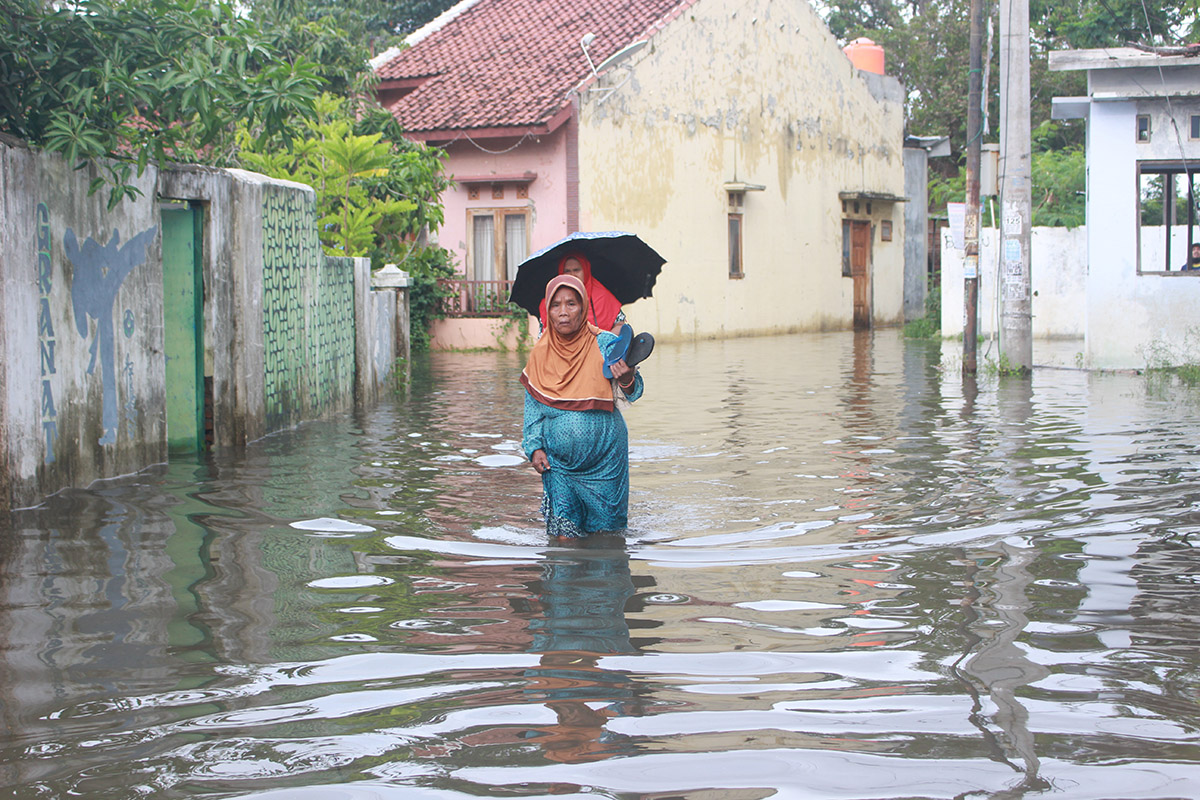Food Insecurity: Contributory Factors, Implications and Solutions
May 21by Ruhamah Ifere
Insecurity issues have bedeviled a country where peace formerly reigned supreme. A land that flowed with milk and honey now flows with the blood of innocent citizens, whose lives have been taken unjustly.
The novel corona virus (Covid-19) in 2020 not only disrupted, but also brought to fore the issues that border on food insecurity in Nigeria. It laid bare the widening gaps in food access and affordability. Food insecurity is not just about the insufficient food production and availability, but extends to the intake and the poor quality or nutritional value of the food.
According to the United Nations food agency, the World Food Program (WFP), an estimated 135 million people faced life threatening food insecurity in 2019. Alarmingly, this estimate doubled in the midst of the coronavirus pandemic, with food emergencies afflicting countries that have not required interventions in the past. On April 21, 2020, the United Nations projected that because of Covid 19, the number of people facing severe food insecurity worldwide would double to 265 million.
In Africa, there are many factors that have contributed to the food scarcity. These include protracted conflict, uneven food distribution, poor governance, economic challenges and population displacement. Environmental issues such as extreme weather events and water scarcity threaten food production, and climate change is adding a new dimension to the problem.
Since 2012, the Boko Haram insurgency has resulted in protracted conflict in the northern part of Nigeria. Herdsmen now play gods to farmers, who, despite the effect of this conflict or the Covid-19 pandemic on their income and production rate, took it upon themselves to still go to farm, plant and cultivate to maintain sustenance. These efforts are still being hampered by the actions of the Boko Haram. The admission to the November 2020 killing of scores of Rice farmers in Benue, Northern Nigeria by the Boko Haram further goes to show the impunity to which they operate. These attacks were carried out in retribution for farmers cooperating with the Nigerian military. These threats indirectly reduce the purchasing power and the capacity to produce and distribute food which affects the most vulnerable populations and furthermore has reduced their accessibility to food.
The implications of food insecurity include hunger, both acute and chronic, which can also impede children’s education and career prospects, childhood conditions such as stunting, and chronic illnesses caused in part by obesity. One-sixth of the Nigerian population suffers from chronic hunger, 3.8 million of them are children who die every year as a result. The World food program estimates that for every 1 percent increase in hunger, there is a 2% increase in migration.
Achieving the goals of food security in Nigeria will help provide employment and create new jobs, increased incomes, improve health and ultimately raise the level and quality of life of the population. The Sustainable Developmental Goal #2 aims to ‘’end hunger, achieve food security and improved nutrition and promote sustainable agriculture globally’’. According to the United Nations, there are around 690 million people who are hungry, which accounts for 10 percent of the world population. One in every nine people goes to bed hungry each night including 20 million people currently at risk of famine in South Sudan, Somalia, Yemen and Nigeria. Sustainable Developmental Goals (SDG) 2 has eight targets and 14 indicators to measure progress. This means by 2030, ‘’no one should be left behind’’ globally.
Inasmuch as measures and incentives are being undertaken by the federal and state governments to tackle food insecurity, it is important to stress the need to provide adequate protection for farmers and food workers, who are the backbone of our food systems. Innovative approach leveraging on technology to provide access to information without the need for physical human contact. There is also the need for more collaboration with international, national, state and farmers association to promote sustainable agriculture system.






